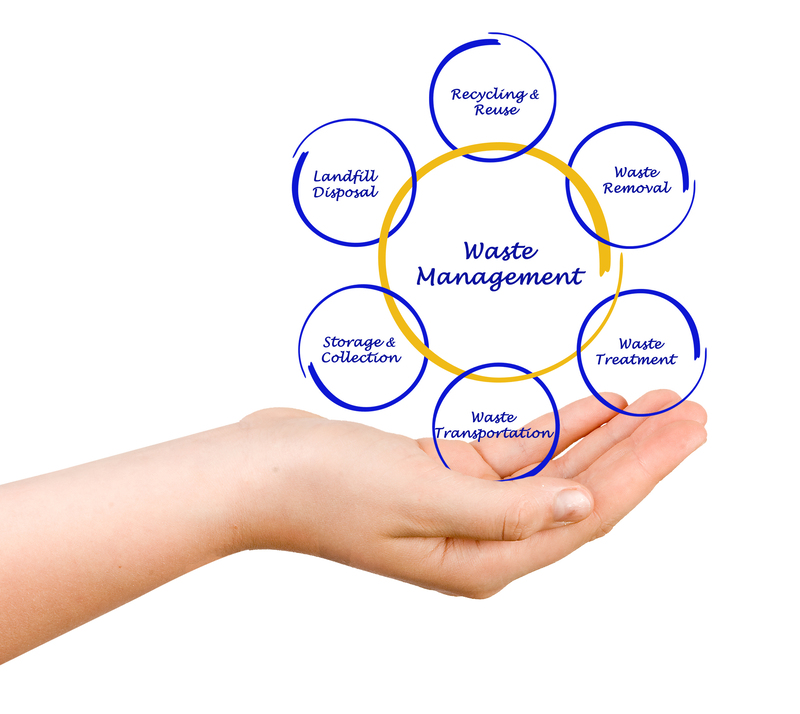In an era where technology evolves at an unprecedented pace, electronic waste (e-waste) has emerged as a significant environmental challenge. However, the journey from e-waste to eco-friendly solutions is not only possible but essential for a sustainable future. This article delves into the transformation of e-waste into resources that support an environmentally conscious lifestyle.
Understanding E-Waste: A Growing Concern
E-waste refers to discarded electrical or electronic devices. It encompasses a wide range of products such as mobile phones, computers, televisions, and household appliances. The rapid technological advancements make older models obsolete, contributing to the increase in e-waste. But what makes e-waste particularly challenging?
The Impact of E-Waste on the Environment
- Hazardous Materials: Many electronics contain toxic substances like lead, mercury, and cadmium. When improperly disposed of, these materials can leach into soil and water, posing significant health risks.
- Resource Depletion: Manufacturing electronics requires extensive natural resources, including precious metals. As e-waste is improperly discarded, these resources are wasted.
- Carbon Footprint: The production, transportation, and disposal of electronic devices significantly contribute to carbon emissions.

The Importance of Transforming E-Waste
The need to transform e-waste into eco-friendly solutions is paramount. Not only does it reduce the negative environmental impact, but it also opens avenues for economic opportunities.
Converting E-Waste into Resources
With proper recycling techniques, e-waste can be a valuable resource. For instance:
- Extracting Valuable Metals: Electronics contain copper, gold, silver, and other valuable metals. Through specialized processes, these can be recovered and reused in manufacturing new products.
- Recycling Plastics: The plastic components found in e-waste can be recycled to produce new products, reducing the need for virgin materials.
- Creating Secondary Raw Materials: E-waste can be processed into secondary raw materials, providing resources for industries such as construction and manufacturing.
Strategies for a Sustainable Future
Transitioning from e-waste to eco-friendly involves multiple strategies, each contributing to a more sustainable future.
Promoting Responsible Consumption
One of the effective ways to combat the e-waste problem is through responsible consumption:
- Extend Device Lifespan: Encourage consumers to utilize devices longer by providing updates and repair services.
- Opt for Sustainable Electronics: Support companies that produce sustainable electronics, utilizing recycled materials, and eco-friendly manufacturing processes.
Innovative Recycling Practices
Enhancing recycling practices is essential for reducing e-waste:
- Advanced Recycling Technologies: Develop and implement advanced recycling technologies to improve the efficiency and output of materials from e-waste.
- Local E-Waste Collection Centers: Establish accessible collection centers to facilitate proper disposal and recycling.
Engaging Stakeholders in the Journey
For the transformation from e-waste to eco-friendly solutions to be successful, engagement from various stakeholders is crucial.
The Role of Governments and Policies
Government action is critical in shaping a sustainable landscape:
- Implementing Regulations: Establish strict regulations on e-waste disposal and recycling. Encourage businesses to adopt eco-friendly practices.
- Incentives for Green Innovation: Provide subsidies or tax incentives for businesses that invest in sustainable electronics and recycling operations.
Collaboration with Corporations
Corporations have a significant role in transforming e-waste:
- Corporate Social Responsibility: Encourage corporations to adopt CSR strategies that focus on reducing and recycling e-waste.
- Product Take-Back Programs: Implement product take-back programs, ensuring that devices are returned for recycling or repurposing.

Case Studies: Successful E-Waste Transformation
Let's look at examples where the journey from e-waste to eco-friendly has been successful:
Urban Mining Initiatives
In countries like Japan, urban mining initiatives have gained traction. By extracting valuable metals from discarded electronics, they supply these materials back into industries, closing the loop on resource utilization.
Community-Based Recycling Programs
In various communities, grassroots recycling programs have emerged, focusing on local e-waste collection and educating citizens on responsible disposal practices.
Embracing the Future: Eco-Friendly Innovations
The future holds exciting prospects for transforming e-waste into eco-friendly solutions:
- Biodegradable Electronics: Researchers are developing electronics made from biodegradable materials to minimize waste.
- Circular Economy Models: Companies are adopting circular economy models that design products with their end-of-life in mind, ensuring continual resource use.
In conclusion, the journey from e-waste to eco-friendly solutions is both a challenge and an opportunity. By understanding the impact of e-waste, promoting responsible consumption, implementing innovative recycling practices, and engaging with stakeholders, we can pave the way for a sustainable future. This transformative journey is vital not just for the environment but also for economic prosperity and community well-being.